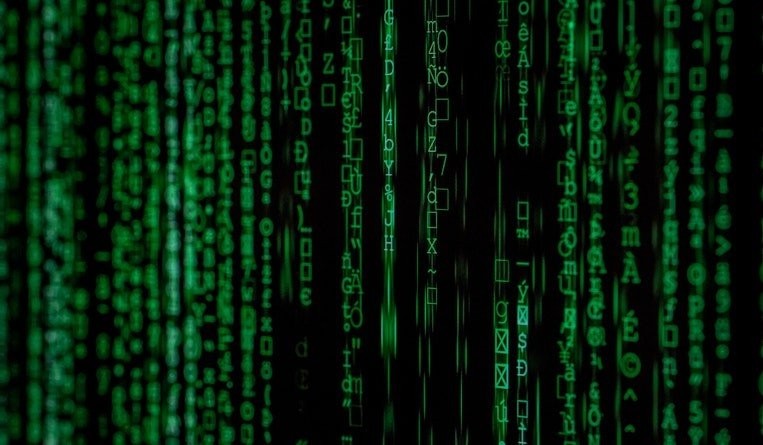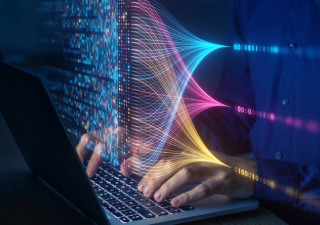Not all computer related inventions are hit by Section 3(k) of the Patents Act
14 January 2020

In the Indian Patent System, the patentability and examination of computer related inventions (CRIs) remain a vexing area, even after the issuance of the CRI Guidelines in June 2017. CRI applications have been objected to under Section 3(k) of India’s Patents Act, 1970, where the method claims are sometimes held to be computer executable instructions, computable algorithms or a set of computer instructions to carry out technical process steps. The device claims are interpreted under CRI guidelines and are mostly rejected under Section 3(k) for allegedly not having any novel or inventive hardware orientation.
Recently, a single judge bench of the Delhi High Court laid down a precedent stating that not all computer related inventions are hit by Section 3(k). The decision came in relation to patent application No. IN/PCT/2002/00705/DEL filed by Ferid Allani on July 17, 2002, directed to a method for accessing information sources and services on the web and a device thereof. The subject matter of claims 1-8 (on file) is directed to a mechanism to access a tree node in order to emit (display) an address of searched-for information, enabling a user to directly access a webpage of the source which the user wishes to consult. As such, the user can access information without the difficulty of searching for a particular address of a source webpage.
The subject matter of claims 9-14 (on file) is directed to a corresponding device for implementing method claims 1-8, the device defined means such as storage means as well as control and processing means. The patent office, during its second rejection (in response to High Court Order No. 6836/2000) held the method claims 1-8 as a computer program and rejected the method claims under clause (k) of Section 3 of the Patents Act, 1970. Although the device claims 9-14 were not rejected as non-patentable under Section 3 (k), they were rejected for lacking novelty and inventive step under Section 2(1)(j). Though an appeal was filed before the Intellectual Property Appellate Board (IPAB) challenging the order of the patent office, the said appeal was also dismissed by the IPAB, which stated that the patent application did not disclose any technical effect or technical advancement.
The petitioner argued before the High Court that the invention disclosed in the patent application clearly demonstrates technical effect and technical advancement, particularly on the date of its first filing, and cannot be termed as a standalone software program loaded on to a computer.
The court observed that the draft guidelines published by the patent office are based on settled case law by way of judicial precedents and international legal positions. It is also clear that the examiners are expected to apply these guidelines wherever complex subject matter is involved. Further, the court observed that the meaning of ‘technical effect’ is no longer in dispute owing to the development of judicial precedents and patent office practices internationally and in India. While interpreting whether the invention which are software-based should be rejected under Section 3(k), the court clearly stated in paragraph 10 of its decision: “The bar on patenting is in respect of `computer programs per se….’ and not all inventions based on computer programs. In today’s digital world, when most inventions are based on computer programs, it would be retrograde to argue that all such inventions would not be patentable. Innovation in the field of artificial intelligence, blockchain technologies and other digital products would be based on computer programs, however the same would not become nonpatentable inventions – simply for that reason. It is rare to see a product which is not based on a computer program. Whether they are cars and other automobiles, microwave ovens, washing machines, refrigerators, they all have some sort of computer programs in-built in them. Thus, the effect that such programs produce including in digital and electronic products is crucial in determining the test of patentability.” Thus, it was held that observed that technical effect is the crucial step in determining the test of patentability.
However, even after formulation and publication of a series of guidelines, the examiners and controllers continue to reject software-based invention on similar grounds, failing to consider such well-set out guidelines. It is expected that the applicants would have another precedent set out by the court to support their case on allowability of inventions pertaining to computer programs. Thus, we may expect that the above decision would bring about some positive changes vis-à-vis examination of CRI applications. However, we need to wait and watch for some time to see how the examiners and controllers are reacting and opining when the above court decision is cited by the applicants during the hearing.









